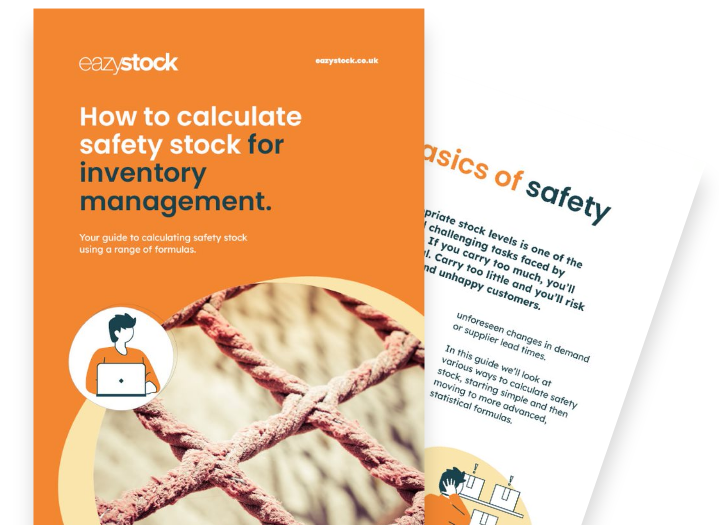How to calculate safety stock for inventory management


Safety (or buffer) stock is the extra layer of inventory that prevents stock outs and back orders.
This eGuide goes through different methods for calculating safety stock and strategies to find the right balance between inventory costs and customer service levels. You’ll discover:


